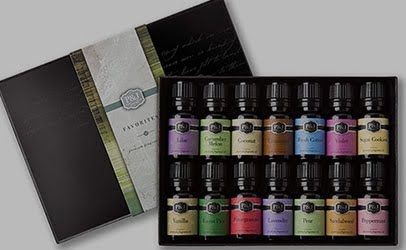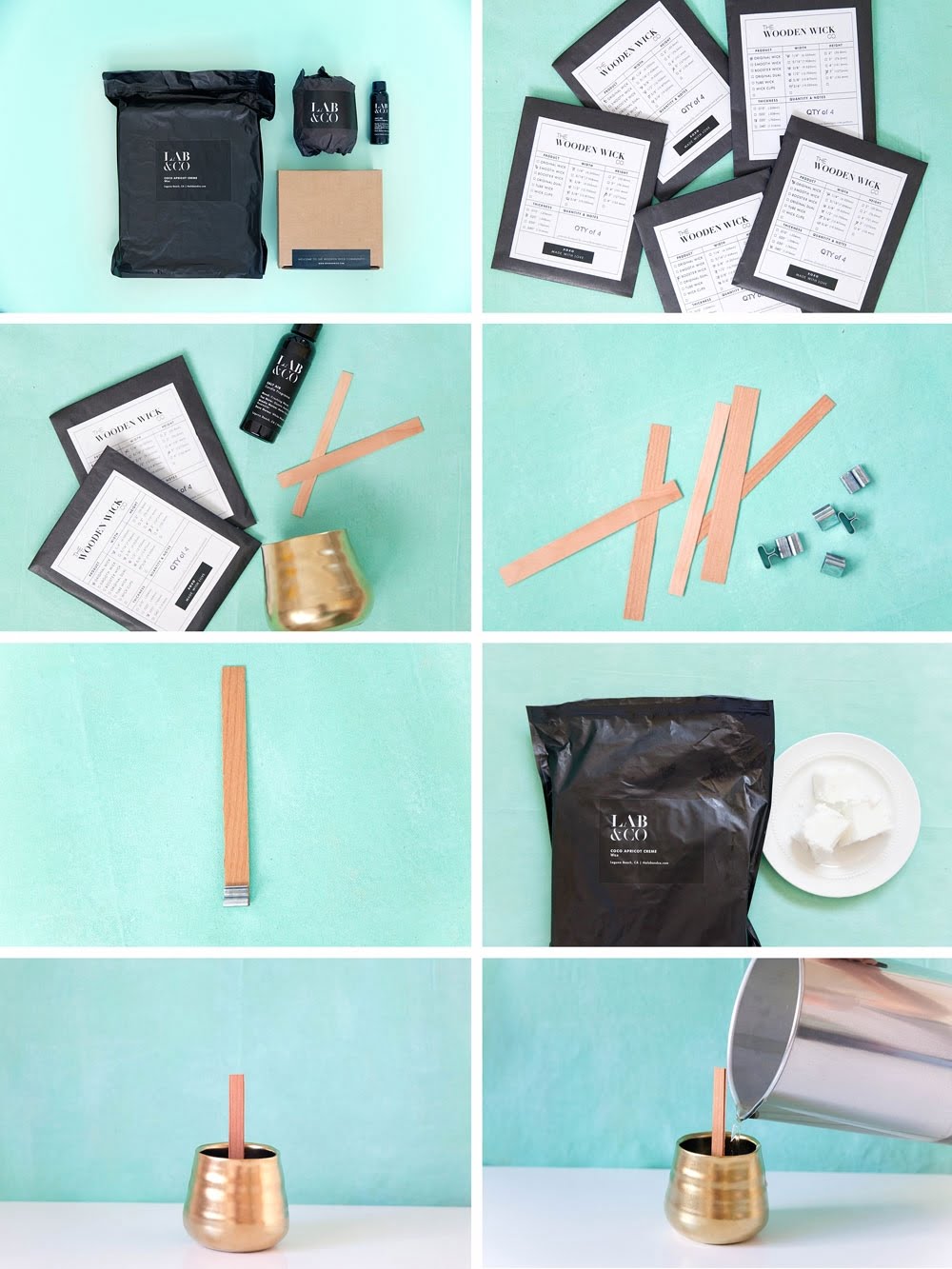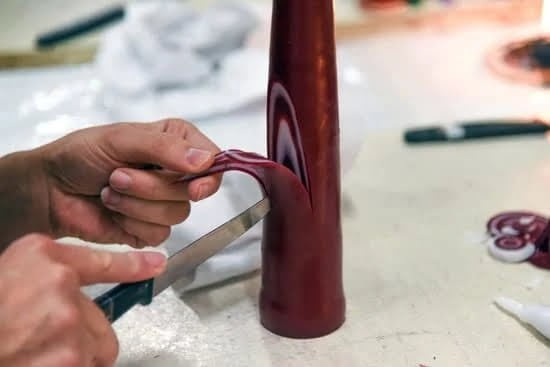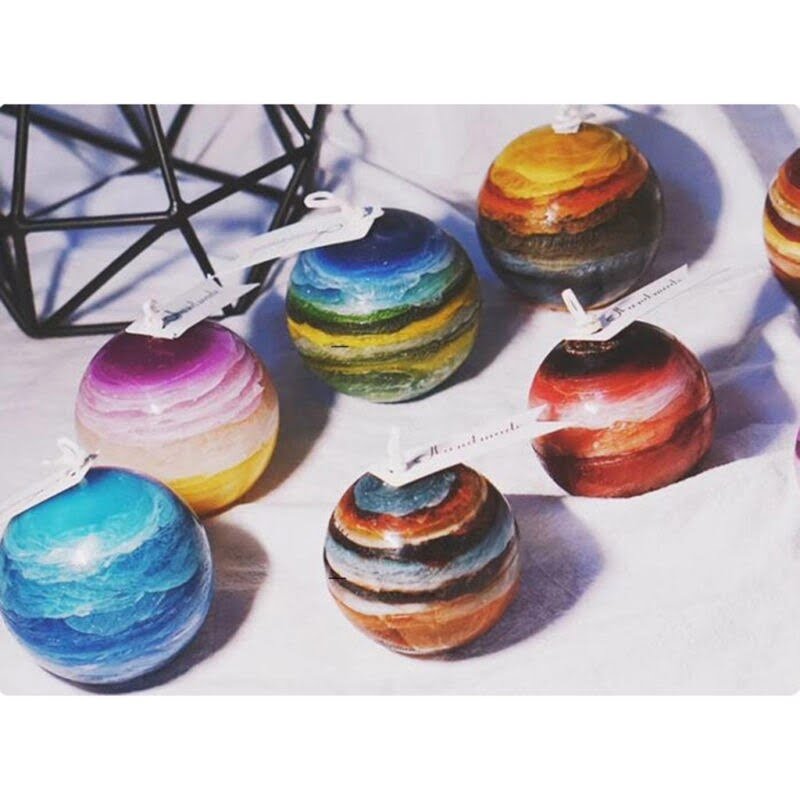Introduction
Soy candle making is a unique and rewarding way to create beautiful candles with natural ingredients. Soy wax is clean burning and easy to work with, which makes it the perfect choice for DIYers. In addition to being non-toxic, soy candles burn longer and at lower temperatures than traditional paraffin wax candles. This means that when you light your handcrafted soy candle, you will enjoy the aromatic experience without any soot or other hazardous elements. The items listed in this supply list will provide you with all the supplies and tools necessary to make soy candles at home.
The first item on this soy candle making supply list is wax flakes or chips. Depending on how many candles you intend to make, there are different quantities of wax flakes or chips available for purchase. It’s important to purchase high-quality wax in order to ensure a consistent burning experience for your finished product. Additionally, some scents may require more or less wax according to their melting point; consider this before purchasing your supplies.
Next on the list are wicks, typically made from cotton string or other plant fibers such as bamboo or wood pulp paper. Wicks of different sizes should be chosen based on the size of your container; too small a wick can result in inadequate flame production while too large can cause excessive melting of your candle leading to quicker burn time diminishing its overall lifespan. Finally, for decorative purposes, colored dye chips may be added depending on preference. Once all required supplies have been purchased and gathered, let the journey into homemade soy candle making begin!
What You’ll Need
In order to make soy candles, you will need a few basic materials. These materials include:
– A wax melting pot, or a double boiler
– Soy wax flakes (or soy beans)
– A thermometer
– Candle wicks and wick sustainers
– Glass jars and lids
– Optional: Fragrance oils or essential oils to scent your candles
– A stirring tool, ideally heat resistant like wood or silicone
– Color chips or liquid color dye in shades of your choice
You will also need a dedicated workspace that is free of drafts and flammable materials. It is important to have all the necessary items ready prior to melting the wax. Finally, remember to wear protective gear such as goggles, gloves, and an apron when working with hot candle wax.
Wax
Soy wax is one of the most popular options for making scented candles and it’s important to understand the different types of soy wax available. The three main categories are vegetable, beeswax, and paraffin-based soy waxes.
Vegetable Soy Wax: This non-GMO product is made from hydrogenated vegetable oil, usually soybean oil. It’s sometimes blended with other natural fats, like palm or coconut oils. Vegetable soy wax is sustainable, vegan friendly, and carbon neutral, so it is a great choice for eco-conscious candle makers. It has a medium melt pool depth but does have a higher shrinkage rate than other types of waxes and cannot withstand temperatures over 120°F (48°C).
Beeswax Soy Wax: This type of wax is a blend of sustainable vegetable and all-natural beeswax. Beeswax naturally increases the hardness of your candles, which helps them last longer and burn slower than other types of waxes. This formula results in candles with a medium to high melt pool depth that don’t require any additives or hardeners ” perfect for those looking for an easy, all-natural option. However, like vegetable soy wax, this blend cannot withstand temperatures over 120°F (48°C).
Paraffin-Based Soy Wax: Paraffin helps stabilize the texture and appearance of your candles while helping to decrease frosting issues common in other types of candle waxes. Since paraffin has a higher melting point than both vegetable and beeswax blends (~130 – 155°F/54 – 68°C), its addition makes your candles able to withstand warmer climates without as much worry about melting or deforming prematurely. Paraffin also aids in maintaining fragrance throughout the life of your candle”something that natural based waxes fail at without added fragrant oils.
Wick
Wicks play an important role in soy candle making as they provide the heat source for the wax to melt and pool across the container. Within soy candle making, there are several different types of wicks available for use. Lead-core wicks are a popular choice for soy candles because of their heavy saturated burn and flexibility. A zinc core or flat braided wick works well with softer waxes like those found in soy, with reduced smoke production and an even melt pool. Cotton wicks with paper threads linked through the middle are also often used. For combination scented and color candles, wood or wood-core wicks are optimal as they will aid in further scent distribution of your candle. Finally, hemp core wicks may be used for large diameter containers where extra strength is needed to keep the wick straight allowing for a larger flame size and higher burning temperature than other cotton cores can deliver.
Dyes
For those looking to add design elements to their soy candles, using dyes is the most effective way. Dyes open up a world of color possibilities, allowing you to create eye-catching candles with rich and complex colors. Selecting the right dye for your project can be tricky. Some of the factors that should be considered when choosing a dye include: candle size, desired color saturation, availability of colors or custom colors, if the dye has been formulated specifically for soy wax and cost effectiveness. There are three types of dyes that can be used for making soy candles ” liquid dye chips, opaque dye blocks and powdered dyes. Liquid dye chips dissolve quickly in melted soy wax and often need more than one chip to achieve darker colors. If a recipe requires multiple chips then it’s best to blend them together before adding it to the wax, as this helps avoid any unevenness in color. Opaque dye blocks are much brighter in hue offering intense colors with backdrops that tend more towards pastels. They take longer to completely melt in the wax and on average about 1/2 ounce of dye block per pound of wax is required for vibrant hues. Powdered dyes give off an even distribution throughout the candle that’s easier to achieve compared to chips or blocks; however they do run the risk of leaving behind residue which may affect burn quality and longevity. The type of powder used must also be taken into consideration when deciding which form of powder would work best with your recipe; some solubles are safer options while others are not suitable at all and can cause heating issues within a candle burning environment.
Scents
When making soy candles, it is important to choose the right scent that evokes a particular feeling or set of memories. With the right scents and additives, candlemakers can create a memorable aromatic experience. Some of the most popular scent options include floral fragrances like lavender and jasmine, cozy aromas like vanilla and patchouli, zesty woodsy smells like sandalwood and cedarwood, and energizing scents like citrus and mint. For those who feel adventurous, there are plenty of unique combinations that can be experimented with such as peach and sage, grapefruit and rosemary, or Teakwood and Amber. The key to finding the perfect scent is exploring a wide range of combinations until you find an aroma that transports you to an inviting place. With a great amount of subtlety and complexity in their output when blended together correctly, fragrance oils can help bring out the best in any creation.
Containers
When looking to make soy candles, it is important to have the right containers. First, and foremost, you need to consider whether or not you would like to buy new cans or jars and if so, what kind fits your needs. Popular container choices include glass jars, tin cans, ceramic mugs, tea pots, coffee cups, and more. It all depends on what size and shape of candle you are looking for. Be sure to get an airtight lid so that the fragrance remains strong throughout the lifespan of your candles. You may also want to think about decorating your containers with ribbons, paint, or etchings in order to make each one unique from the rest!
Tools
The essential tools of the trade for soy candle making include: a double boiler or two-part pot, a thermometer, wicks and wick sustainer, wax color blocks or liquid dye, fragrances made specifically for candles, and a heat source. The double boiler or two-part pot is necessary for safely melting wax. A thermometer ensures wax is melted to the ideal temperature. Wicks come in various sizes and are designed to create sufficient heat so that candles burn evenly. Wick sustainers help keep the wicks upright in containers when adding wax. Wax color blocks or liquid dye allow you to customize your candles’ colors. Fragrances made for use in candles provide lots of options when creating your own unique scents. Finally, a heat source (a stovetop with low heat works fine) is needed for melting wax over time. With these tools on hand, soy candle making can be an enjoyable and safe activity!
Troubleshooting
Troubleshooting candle making problems can often be daunting for even experienced candle makers. Luckily, common issues with soy candles have easy solutions! Here are a few of the top problems and how to solve them:
Streaky Appearance – If your soy candle has a streaked appearance, it likely means that the wax wasn’t mixed thoroughly before being poured into the container. Make sure to stir the wax more before pourin to avoid this problem in the future.
Tunnelling – If the wick is too small or too large for your soy candle, it can cause tunneling when burning resulting in an uneven burn and wick sizes. To avoid this, choose a wick size that is appropriate for your container and wax.
Too Hot Pours – Wax that is melted at hotter temperatures can also result in streaks as well as poor burning habits. Be sure you’re melting wax at optimal temperatures (around 155-165°F) to ensure good results every time.
Flat Top – If your candle has a difficult time maintaining its peak after pouring, it typically means that the wick size isn’t adequate for producing enough heat needed to maintain its fullness or else the fragrance oil has altered its consistency. Consider using a larger wick size if you experience this issue often.
Safety
When it comes to soy candle making, safety is of primary importance. Before beginning, ensure that you have all the necessary supplies and use them correctly. Below is a list of must-haves to make sure your soy candle experience is both safe and enjoyable:
1. Soy wax: It’s important to choose high-quality wax chips for your candles; low-grade products can lead to a prolonged burn time that could cause fires.
2. Wicks: Choose wicks appropriate for the size of container you plan to use for your candles by referring to the manufacturer’s guidelines for performance and best results.
3. Thermometers: It’s important to use accurate thermometers when melting wax and pouring into containers ” they can help prevent mistakes like spills while making sure melt temperatures are precise and consistent between batches.
4. Pot or double boiler setup: A pot or double boiler provides an even heat source during the melting process so wax melts quickly without burning every time it’s used. Additionally, using a thermometer helps ensure uniformity between batches and can assist with selecting the right melts temperature in order to achieve an optimal burn time.
5. Containers: Ensure that you select well designed containers that will accommodate your wick size so you can achieve ideal burning performance with each candle lit! And don’t forget about proper ventilation – make sure there are no drafts in the room or near where you plan on burning your candles as this could alter their burn times significantly!
6. Burn Time Tips: Always keep in mind how much time it should take for each candle lit ” some may need more shorter ‘burn sessions’ than others due to their shape or composition – allowing ample ‘cool down’ periods between burns will prevent overheating and risk of fire! Additionally, trimming the wick according to manufacturer instructions prior to lighting can help maintain an optimal flame profile during usage!
Conclusion
Before you embark on your soy candle making journey, you should make sure that you have all of the necessary supplies to create beautiful and fragrant candles. Be sure to thoroughly review your soy candle making supply list to ensure that you have all of the items that you need to successfully make your candles. Make sure to include the wax, molds, wicks, fragrance oils, and anything else that may be required for a particular recipe or project. Use caution when working with hot materials and always practice safety precautions so that you don’t hurt yourself or damage any property. By taking time to review your soy candle making supply list and putting in the effort for a successful outcome, this will help ensure that your candles are perfect when finished!

Welcome to my candle making blog! In this blog, I will be sharing my tips and tricks for making candles. I will also be sharing some of my favorite recipes.





